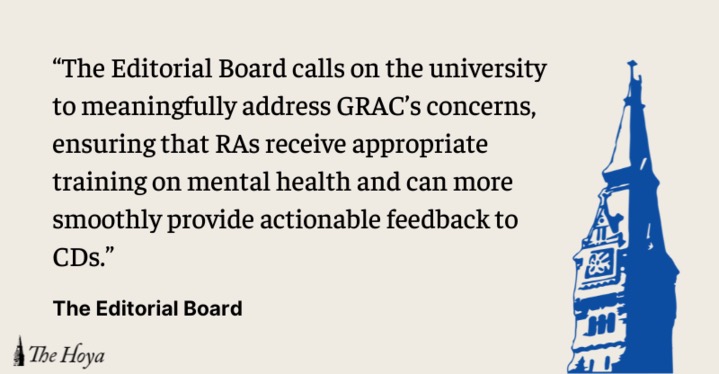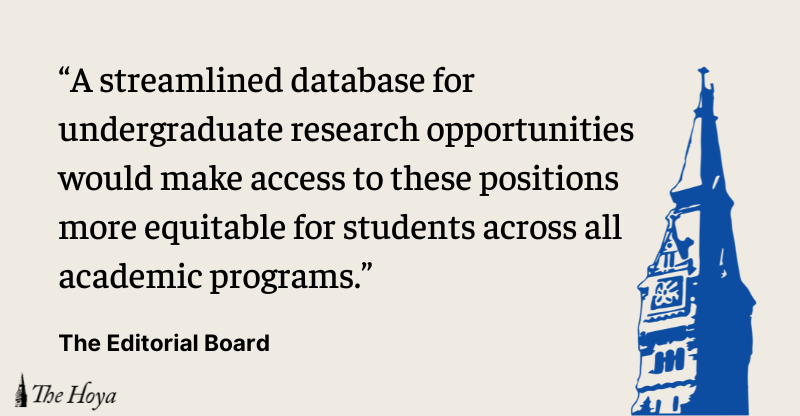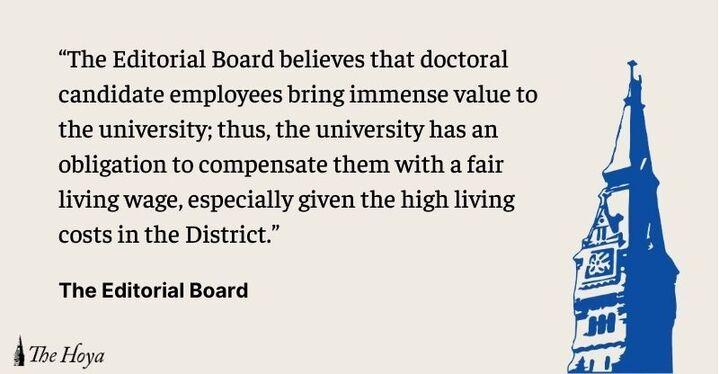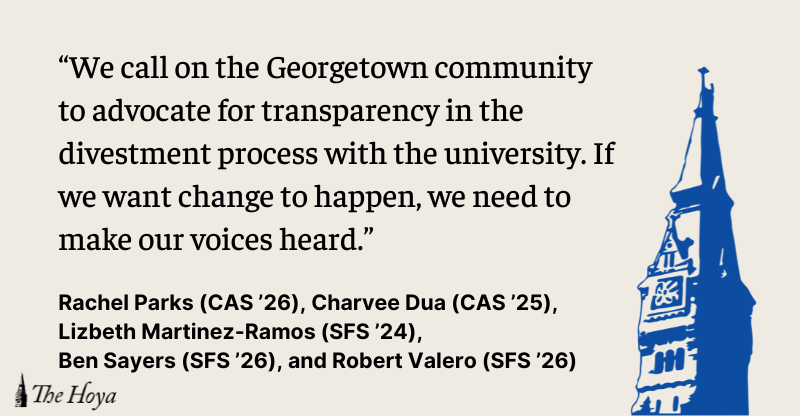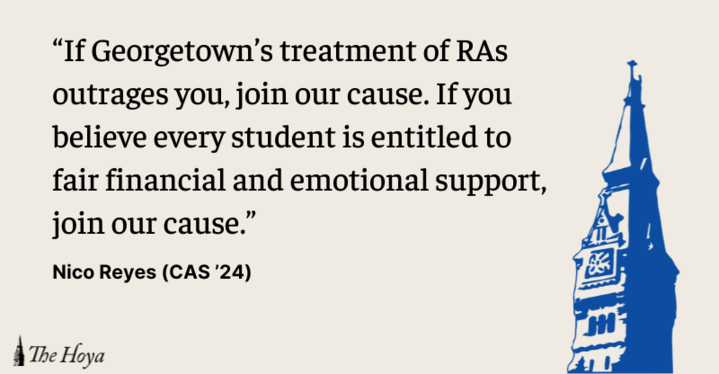When the Department of Athletics’ new Drug Screening and Education Program takes effect tomorrow, student athletes at Georgetown will no longer be only subject to NCAA’s mandatory screening for performance-enhancing drugs.
In addition, they will find themselves liable for recreational substances, including alcohol and marijuana, through randomized tests that can be administered anytime and anywhere around the world while they are student-athletes.
Departmental consequences for positive drug tests range from suspension for 10 percent of the competitive season for a first-time violation to permanent removal from the program and revocation of grant-in-aid after repeated offenses. But while well-intentioned, these sanctions do not necessarily accomplish the stated goals of the program: to provide a safe and healthy atmosphere for student-athletes to compete.
The introduction of the policy is not radical in itself; in fact, it conforms to the 90 percent of Division I schools that have their own drug testing programs on top of the NCAA regimen, though these often vary in regularity and rigor. But Georgetown’s program is transformative in the sense that it supposedly champions the “Jesuit philosophy of caring for and nurturing the mind, body and spirit” of student athletes.
Granted, the program should be commended for its emphasis on education and treatment of substance abuse. Among the new measures, first-year student athletes are required to complete a seminar informing them of the risks associated with drugs and dietary supplements. The program also provides annual training to review the Athletic Department’s Drug Screening and Education Policy, along with counseling and treatment provisions to help student athletes with potential substance abuse problems.
In particular, the Safe Harbor Program allows student-athletes to submit themselves to a member of the Sports Medicine Staff for evaluation, testing and counseling for an unspecified “reasonable” period of time without receiving the consequences of a positive test. Such a program is crucial in providing student-athletes with support early on, before they succumb to the scourge of serious substance abuse.
However, the restrictions on the Safe Harbor Program are troubling, as student athletes are not eligible if they are within 30 days of their NCAA or conference postseason championships, or have previously tested positive at any time.
This measure can be extremely limiting for athletes who are on teams — including football, men’s and women’s lacrosse and women’s field hockey — that spend more than a third of the season during this period of ineligibility. Moreover, these students are barred from seeking help in a period which can be particularly stressful, as athletes face added time constraints and pressures to perform ahead of these championships.
But the most confounding provision bars athletes who have previously tested positive from entering the Safe Harbor Program. These athletes constitute the population most vulnerable to substance abuse. Moreover, student-athletes cannot be re-submitted into Safe Harbor after exiting the program, and any subsequent positive after-treatment counts as a second strike within the policy.
This measure completely runs against the grain of the stated goals of the Drug Screening and Education Policy, which focus on education and treatment. If the Department of Athletics truly wants to promote a safe and healthy atmosphere for its student-athletes, it should extend this rehabilitation option for students most susceptible to substance abuse, rather than manufacture a climate of marginalization and isolation for students who most need treatment.
This is putting aside the fact that student-athletes can still face sanctions if they legally ingest a substance, such as marijuana, over summer or winter break, or consume alcohol while underage at a family wedding or celebration off campus. Despite the overt emphasis on education and treatment, many aspects of the drug testing policy alienates at-risk students more than deters substance abuse.
While the policy presents positive elements in its drug education measures and represents an increasing norm among NCAA athletic programs, the structural flaws in its counseling system warrant closer examination. The Safe Harbor Program in particular is well-intentioned. However, without permitting students who arguably need access to the program the most — especially those who have previously tested positive or exited Safe Harbor without fully resolving their drug dependency — the overall policy completely eliminates key avenues for counselling and assistance that are crucial to the university’s goal of promoting mental and physical health.




